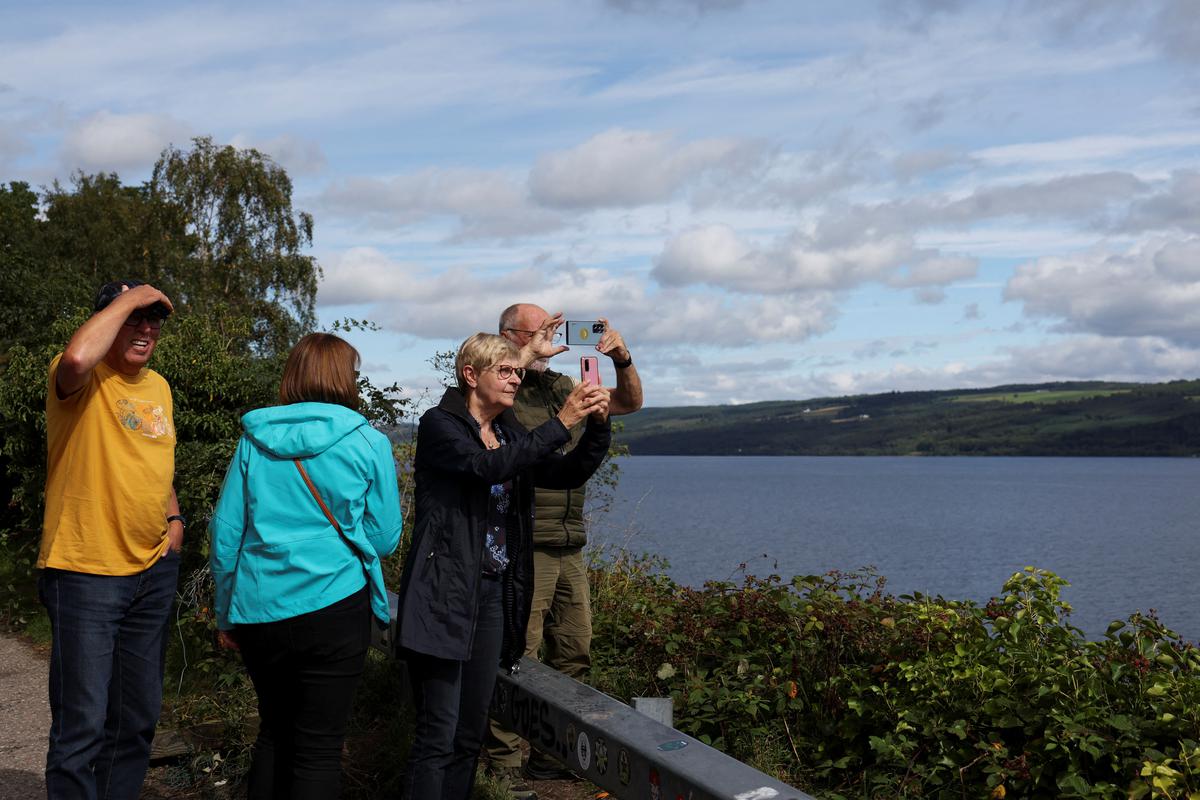Largest Loch Ness Monster hunt in 50 years comes to nothing

In total, around 200 people from all over the world, including Finland, France, Germany, Spain, Finland, the US and Germany, were involved in the search despite the rainy weather
Participants in the biggest search operation for the Loch Ness Monster in over 50 years have failed to find any traces of the famous creature that supposedly lives in the lake in northern Scotland, the BBC reported.
The search was organized by a volunteer research group Loch Ness Exploration, which partnered with the Museum of the History of the famous lake, the length of which is 36 km.
It is noted that for the first time experts used a number of modern surveying devices in an attempt to find traces of Nessie, including thermal drones, as well as hydrophones.
In total, around 200 people from all over the world, including Finland, France, Germany, Spain, Finland, the US and Germany, were involved in the search despite the rainy weather. Alan McKenna, one of the organizers of the expedition, said that during the search, which lasted Saturday and Sunday, the mission members first thought they heard some underwater sounds with the hydrophones, but later it turned out that their devices were not even connected. The search ended with no sign of Nessie.
Scottish folklore is full of legends about the monster that has lived in the dark depths of Loch Ness for centuries. The first written mention of it appeared in the sixth century. The first and most famous alleged photograph of the creature was taken on November 12, 1933 by local resident Hugh Gray, who accidentally saw something unusual on the surface of the lake.
Most supporters of the theory of the monster’s existence consider it a relict plesiosaur, but for decades of observations not a single corpse of the animal was found.
There were also hypotheses about cryptids – animals unknown to science (giant fish, long-necked seal, giant mollusk), but none of them found scientific confirmation.




